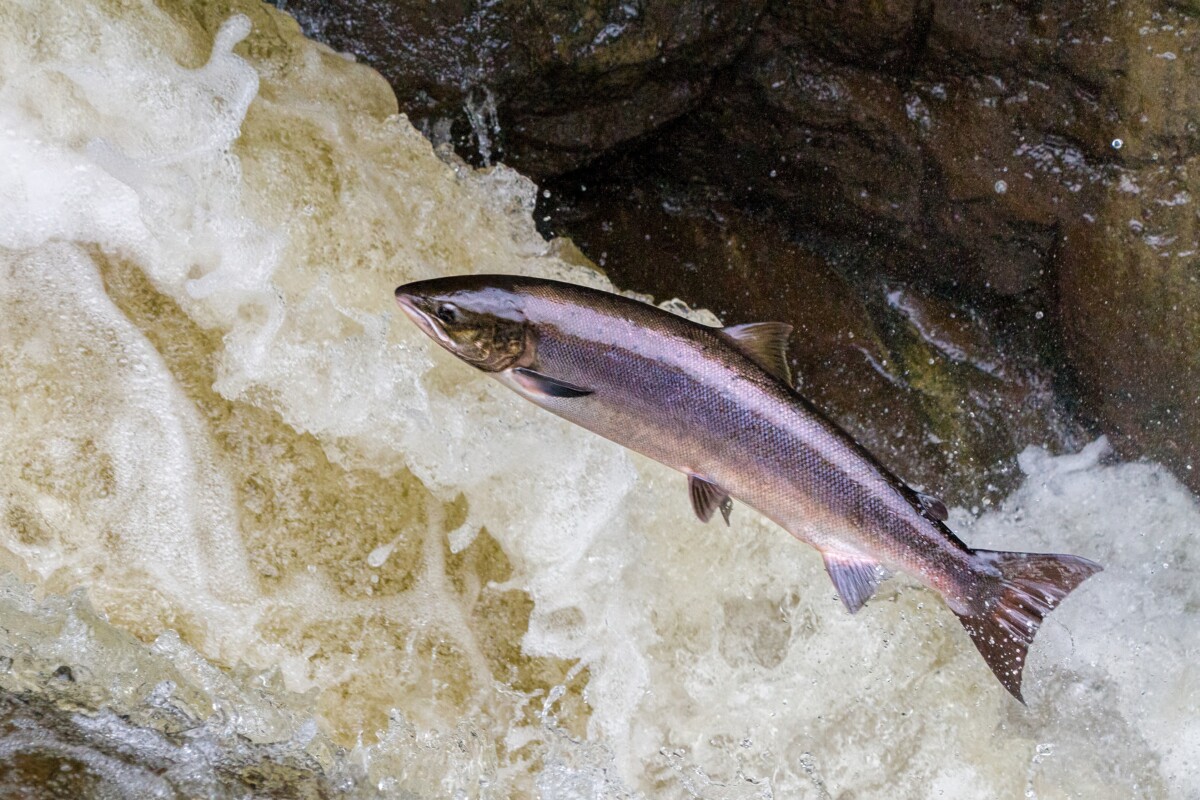Glossary
Find out more about some of the words, phrases and processes that are involved in nature restoration.
Biodiversity Net Gain (BNG)
An approach to development, and/or land management which mandates developers to deliver measurable improvements for biodiversity by creating or enhancing habitats in association with development. Biodiversity net gain can be achieved on-site, off-site or through a combination of on-site and off-site measures. In England, a 10% mandatory BNG, will be mandatory for most developments from November 2023.
Biodiversity Credit
A biodiversity credit is “a certificate that represents a measured and evidence‐based unit of positive biodiversity outcome that is durable and additional to what would have otherwise occurred” (BCA, 2024a).
Biodiversity Unit
A unit of biodiversity, calculated by a qualified ecologist using a biodiversity impact assessment tool, for example Defra’s Biodiversity Metric.
Blended Finance
Strategic use of funds from multiple sources, such as public, private, or philanthropic, to support a project or programme. These sources have different risk and return expectations, allowing them to balance each other. By using concessional capital (e.g., public or philanthropic) to reduce risk, blended finance helps unlock private investment (World Economic Forum). It offers flexible funding to facilitate project development, encourage innovation, and build confidence among more risk-averse investors (Demystifying Finance Report).
Carbon Credit
A product that can be bought representing either the permanent removal of a tonne of carbon dioxide equivalent (CO2e) from the atmosphere (e.g. through woodland or peatland creation) or the avoidance of one tonne of CO2e being emitted in the first place.
Ecosystem services
The UN Environmental Programme uses the Millenium Ecosystem Assessment definition for ecosystems services which states that ecosystem services are the direct and indirect benefits from ecosystems. These services are divided into four categories; provisioning, regulating, cultural and supporting services that these generate.
Environmental Market
The system by which trading of ecosystem service credits takes place.
FIRNS (the Facility for Investment Ready Nature in Scotland)
A grant scheme from the Scottish Government and NatureScot to support projects that shape and grow the use of private investment and market-based mechanisms to finance the restoration of Scotland’s nature. FIRNS is a successor to the earlier grant programme, IRNS.
Intermediary
Any organisation that supports the relationship between a seller, a buyer or an investor. It could be by setting standards, the provision of monitoring and verification, or enabling buyers and sellers to find each other.
Investment Readiness
The process of becoming ready to participate in nature finance (which may or may not result in investment).
Nature Based Solutions
The UN Environmental Programme defines nature based solutions as “actions to protect, sustainably manage and restore natural or modified ecosystems, that address societal challenges effectively and adaptively, simultaneously providing human well-being and biodiversity benefits” adopted by the IUCN at the 2016 World Conservation Congress.
Natural Capital Accounting
The measuring and quantifying of environmental assets and services, i.e. the habitats and ecosystems that provide social, environmental and economic benefits to people.
Natural Capital Investment
See nature finance. (Note that the term “investment” is often used even if the primary focus is the trading that occurs in nature markets.)
Natural Flood Management
The intentional use of natural features such as vegetation or landform to slow the flow of water from land in order to reduce flood risk.
Nature Finance
The part of green finance that specifically finances or invests in improvements to the natural environment. It is based on the trading that occurs through nature markets.
Nature finance project
A project that is utilising nature finance (including the sale of ecosystem service credits) to deliver improvements to the condition of land, water or nature.
Nature markets
Nature markets are the sale and purchase of ecosystem service credits (ways that the natural environment supports wellbeing and prosperity).
Outcomes payments
Payments made to the investor who has provided upfront investment in a project, with payments dependent on the project meeting pre- agreed environmental outcomes.
Payments for ecosystem services
Schemes through which the beneficiaries, or users, of ecosystem services provide payment to the stewards, or providers of those services.
Peatland Restoration
Peatland Restoration is a term used to describe management measures that aim to restore the original form and function of peatland habitats to favourable conservation status. The principal activity involved in restoration is management of site hydrology which in turn helps to control emissions of greenhouse gases such as carbon dioxide. Depending on the starting point, peatland sites may need drain blocking to rewet them using a variety of techniques including peat dams, plastic piling and bunding, plantation removal, pollution control, Sphagnum transfer and/or control of grazing, burning, water quantity and quality.
Riparian Woodlands
Riparian woodlands are those on the banks of natural bodies of water and particularly rivers.
Revenue
The money generated from business activities. Analogous to gross income.
Stacking
When multiple different ecosystem services produced by the same activities (for example biodiversity and carbon benefits of a new woodland) are sold as separate units in the market.
Supplier
Those producing and selling units of ecosystem services on the land or coastal areas they manage, for example through nature restoration projects or sustainable land management practices.
With thanks to the Ecosystems Knowledge Network for allowing us to use their Nature Finance glossery terms
